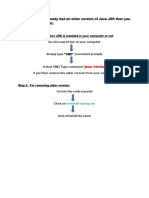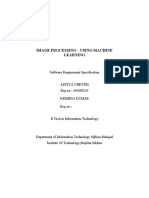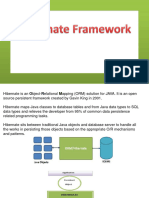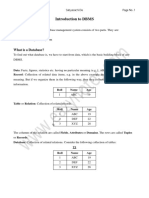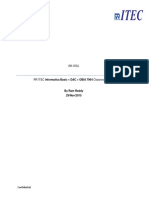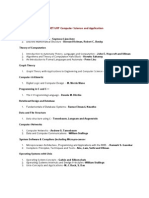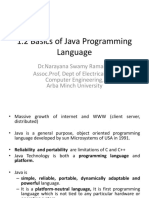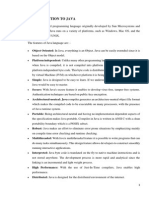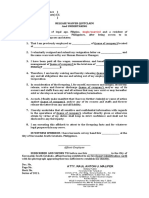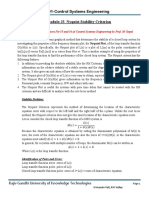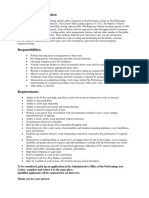0% found this document useful (0 votes)
178 views14 pagesJava Basics and Advanced Concepts Guide
This document provides an overview of core and advanced Java topics. It begins with an introduction to Java, describing its key features such as being platform independent and object oriented. It then discusses advantages like ease of use and disadvantages like potential slowness. The document introduces advanced Java topics like servlets, EJBs, JDBC, and exception handling. It concludes that Java offers type safety but could benefit from more expressive power with extensions like parametric polymorphism.
Uploaded by
Prabhat VermaCopyright
© © All Rights Reserved
We take content rights seriously. If you suspect this is your content, claim it here.
Available Formats
Download as PPTX, PDF, TXT or read online on Scribd
0% found this document useful (0 votes)
178 views14 pagesJava Basics and Advanced Concepts Guide
This document provides an overview of core and advanced Java topics. It begins with an introduction to Java, describing its key features such as being platform independent and object oriented. It then discusses advantages like ease of use and disadvantages like potential slowness. The document introduces advanced Java topics like servlets, EJBs, JDBC, and exception handling. It concludes that Java offers type safety but could benefit from more expressive power with extensions like parametric polymorphism.
Uploaded by
Prabhat VermaCopyright
© © All Rights Reserved
We take content rights seriously. If you suspect this is your content, claim it here.
Available Formats
Download as PPTX, PDF, TXT or read online on Scribd
/ 14



